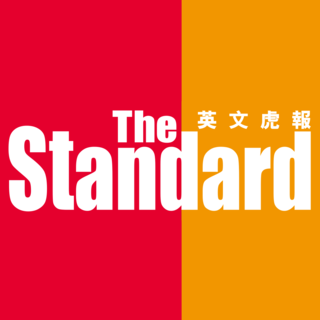- China launched live-fire drills near Taiwan, deploying 32 military aircraft and warships, sparking concerns over regional stability. Taiwan’s defense ministry called the move a “blatant provocation” and direct threat.
- The drills come after Taiwan seized a Chinese-crewed cargo ship suspected of damaging an undersea telecom cable connecting Taiwan to its outlying islands.
- Taiwan has scrambled its military forces in response, while the US, Taiwan’s largest arms supplier, maintains a policy of “strategic ambiguity” regarding potential military intervention.
Full Story
China launched live-fire drills near Taiwan, deploying 32 military aircraft and warships in a joint combat operation. Taiwan’s defense ministry says China designated a live-fire exercise zone just 40 nautical miles off the island’s southern coast, calling the move a “blatant provocation” and a direct threat to regional stability.
Beijing claimed the drills are routine training exercises, but Taiwan said they are part of China’s broader strategy to pressure the self-governed island, which China considers its territory despite never having ruled it.
How is Taiwan responding?
Taiwan scrambled sea, air and land forces in response to the drills, closely monitoring Chinese military movements and preparing for possible escalation. Taiwan’s military presence in the region includes naval and air bases in Kaohsiung and Pingtung, areas close to where China declared its exercise zone.
Taipei accused Beijing of repeatedly violating international norms through increased military activity in the Taiwan Strait. Officials warned that China’s aggressive posture undermines security in the Indo-Pacific region.
What triggered this latest escalation?
The drills come just one day after Taiwan seized a Chinese-crewed cargo ship suspected of cutting an undersea telecom cable connecting Taiwan to its outlying Penghu Islands. Taipei has expressed growing concerns that Beijing may be testing ways to disrupt Taiwan’s communications as part of a future blockade or military strategy.
China denied involvement in the incident, dismissing Taiwan’s concerns as “political manipulation.” This is the second time in 2025 that a Chinese-linked vessel has been accused of damaging Taiwan’s undersea cables.
What role does the U.S. play in Taiwan’s defense?
The United States is Taiwan’s largest arms supplier and has long followed a policy of “strategic ambiguity,” meaning it does not explicitly state whether it would intervene militarily if China attacked Taiwan.
However, growing tensions have led to questions about whether President Donald Trump would support Taiwan in the event of a Chinese military action. While the U.S. remains legally committed to supplying weapons to Taiwan, the extent of direct military involvement remains unclear.
What is Taiwan’s strategy moving forward?
Taiwanese President Lai Ching-te has pledged to strengthen the island’s defenses while increasing investment in the U.S. to ease economic tensions with Washington. His government is also exploring greater military cooperation with allies to counter growing Chinese pressure.
Meanwhile, China has expanded its military presence across the Indo-Pacific, recently conducting live-fire drills near Australia and Vietnam. Taipei warns these actions reflect Beijing’s broader ambitions and pose a serious challenge to regional security.
What are the broader implications?
Taiwanese officials say China’s actions are not just about Taiwan but signal a wider strategy to assert dominance in the region. With Beijing continuing to escalate military pressure and tensions rising over communication disruptions, concerns are growing that China’s latest actions could destabilize the Taiwan Strait and beyond.





































